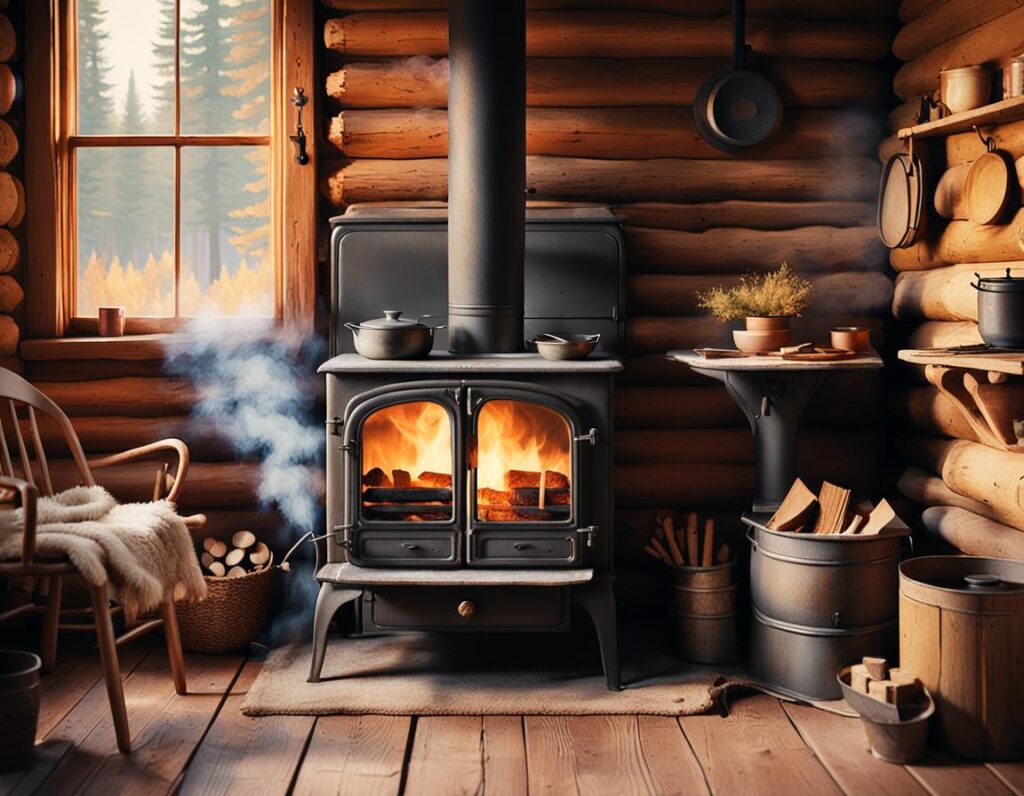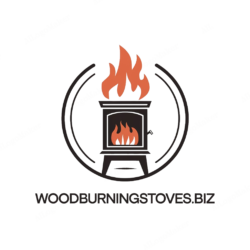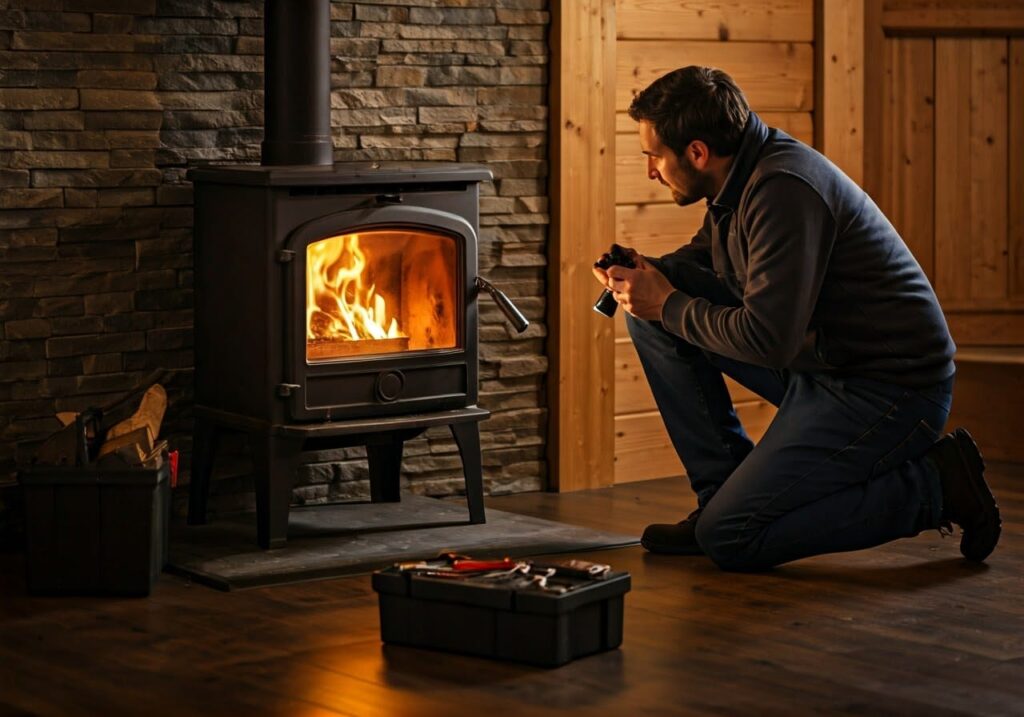
Minimizing Emissions for a Healthier, More Efficient Burn
Is your wood stove emitting excessive smoke, causing concern for your health, the environment, and the overall ambiance of your home? Reducing wood stove smoke from your wood stove is not only beneficial for indoor air quality and the environment, but it also indicates a more efficient burn, saving you resources. In this comprehensive troubleshooting guide, we’ll explore the causes of excessive wood stove smoke and provide actionable tips to minimize emissions.
Understanding Wood Stove Smoke
The Science Behind Smoke Production
Smoke from a wood stove is primarily a result of incomplete combustion. This occurs when there’s an imbalance in the combustion process’s key elements: fuel (wood), oxygen, and heat. Identifying and addressing the root cause is crucial for reducing smoke.
Common Causes of Excessive Wood Stove Smoke
1. Inadequate Draft
- Cause: Poor chimney installation, blockages, or insufficient height.
- Solution: Ensure your chimney is at least 3 feet taller than any nearby structures. Check for blockages and clean the chimney annually.
- Draft Enhancement Tip: Consider installing a draft inducer for areas with complex wind patterns.
2. Green or Wet Wood
| Moisture Content | Smoke Production | Description |
|---|---|---|
| >20% | Very High | Wood is damp to the touch; significant smoke and creosote buildup. |
| 15%-20% | High | Wood feels cool to the touch; noticeable smoke production. |
| 10%-15% | Moderate | Optimal burning range; minimal smoke, efficient burn. |
| <10% | Low | Wood is extremely dry; potential for less efficient burns if too dry. |
- Cause: Burning wood with high moisture content.
- Solution: Use a wood moisture meter. Ensure wood is seasoned for at least 6 months to a year.
- Seasoning Best Practice: Store wood in a covered yet well-ventilated area to maintain optimal moisture levels.
3. Insufficient Air Supply
- Cause: Closed or partially closed air vents.
- Solution: Keep air vents fully open during the initial burning phase. Adjust as necessary for optimal burn.
- Air Supply Optimization: Experiment with vent adjustments to find the sweet spot between airflow and burn efficiency.
4. Poor Stove Maintenance
- Cause: Failure to regularly clean the stove and chimney.
- Solution: Clean your stove every week, with detailed cleaning of the chimney and vents every month.
- Deep Cleaning Schedule:
- Weekly: Quick ash removal and wipe-down.
- Monthly: Detailed vent and chimney cleaning.
- Annually: Professional inspection and deep cleaning.
5. Incorrect Stove Installation
- Cause: Improper stove or chimney installation.
- Solution: Consult a professional to assess and correct any installation issues.
- Installation Checklist:
- Verify clearance to combustibles.
- Ensure proper chimney height and installation.
Actionable Tips to Minimize Smoke
- Regular Maintenance: The key to a smoke-free burn.
- Optimize Your Wood: Seasoning is crucial for minimal smoke production.
- Air Supply Management: Find the right balance for your stove.
- Monitor and Adjust: Keep an eye on smoke production and adjust your strategies accordingly.
Expert Insight
“Reducing smoke from your wood stove is not just about minimizing emissions; it’s also about ensuring you’re getting the most efficient burn possible. Proper maintenance and the right wood can make all the difference.”
— Emily Chen, Environmental Science Specialist
Smoke Reduction Checklist
| Issue | Solution |
|---|---|
| Excessive Smoke During Startup | Ensure adequate draft and use well-seasoned wood. |
| Continuous Smoke Production | Check and adjust air supply, verify proper stove maintenance. |
| Smoke Entering the Room | Inspect and clean the chimney, ensure proper stove installation. |
| Strong Odors from Smoke | Burn smaller, hotter fires; ensure complete combustion. |
Conclusion
Reducing smoke from your wood stove is a multifaceted approach that involves understanding the causes of smoke production, maintaining your stove, and optimizing your burning practices. By implementing the solutions outlined in this guide, you’ll not only minimize emissions but also enjoy a more efficient, warmer, and healthier home environment.


